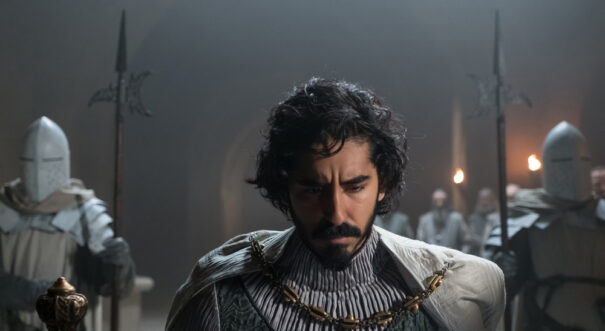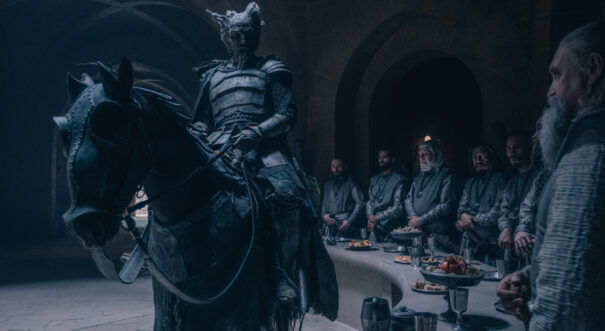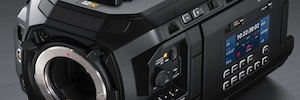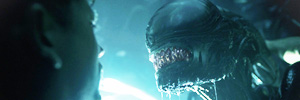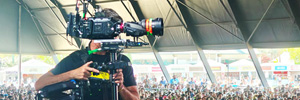The Green Knight was graded with DaVinci Resolve Studio (Blackmagic Design)
Colorist Alastor Arnold (FotoKem) decided to use Blackmagic Design’s DaVinci Resolve Studio software to color grade The Green Knight, a film photographed by DOP Andrew Droz Palermo.
The Green Knight tells the story of Sir Gawain (Dev Patel), the “reckless and stubborn” nephew of King Arthur, who embarks on a dangerous quest to confront the eponymous Green Knight, a strange emerald-skinned giant who tests men. To tackle the color for this A24 production, Palermo decided to trust Alastor Arnold again: “I believe this is our fourth feature film together, plus we’ve done a number of commercials and shorts, so we have a shorthand which is valuable in regard to color and taste.”
Palermo and director David Lowery worked closely with Arnold to address the color treatment prior to shooting: “I shot some footage and I took that back to the color bay to build our show LUT”. The LUT had to be created carefully, because Palermo knew the project would be quite demanding: “We aimed to make this LUT handle under exposure while still maintaining some color contrast, as well as being able to be stretched to far out places either with CDLs or with on camera color filters. I knew I was going to go pretty psychedelic with colors at times.”
Arnold elaborates: “Andrew and I sat with David in the DI theater and came up with a look together, organically. Andrew guided me as to what he was going for in terms of tone curve, color bias, etc, and we fine tuned until everybody was happy. It’s a very dark, bold looking film, and I consider it some of my best work as a colorist.”
Working with DaVinci Resolve Studio
To tackle this project, the entire team turned to DaVinci Resolve Studio, described by Palermo as “a strong tool” that “does what we want it to do with stability and speed even with the large format RAW footage we were shooting for this film. Alastor and Claire, his assistant colorist, set up a node tree on the whole project before we even started so that if I want to say ‘add a bottomer’ Alastor could just toggle the already built node on. Or if I wanted to adjust the luminance of a whole scene, it was just a click away.” Arnold also appreciates the wide variety of tools available in DaVinci Resolve: “I don’t choose a system based on the project. Colorists are often tasked with things that fall outside of color like visual effects, titling, editing, etc. Resolve is very capable in all those arenas, even sound.”
Despite the integrated conversion board, the film still presented challenges for both Arnold and Palermo. According to the cinematographer himself, “There are so many strong looks within the film, heavy blues, reds, greens and ambers. Finding the particular flavor of amber for the final portion of the movie was difficult. It could look nuclear quite fast, and finding the proper method that served each of the scenes shot over many days in varying light was tough. I think we graded that portion of the movie three times.”
Despite all these challenges, Palermo appreciates being able to rely on the tools of DaVinci Resolve hand-in-hand with Arnold. “Those are fun creative places to be, when scenes that are captured well on set and further finessed are given nuance in the color grade,” he concludes.
您喜欢这篇文章吗?
订阅我们的 饲料 而且你不会错过任何东西。



